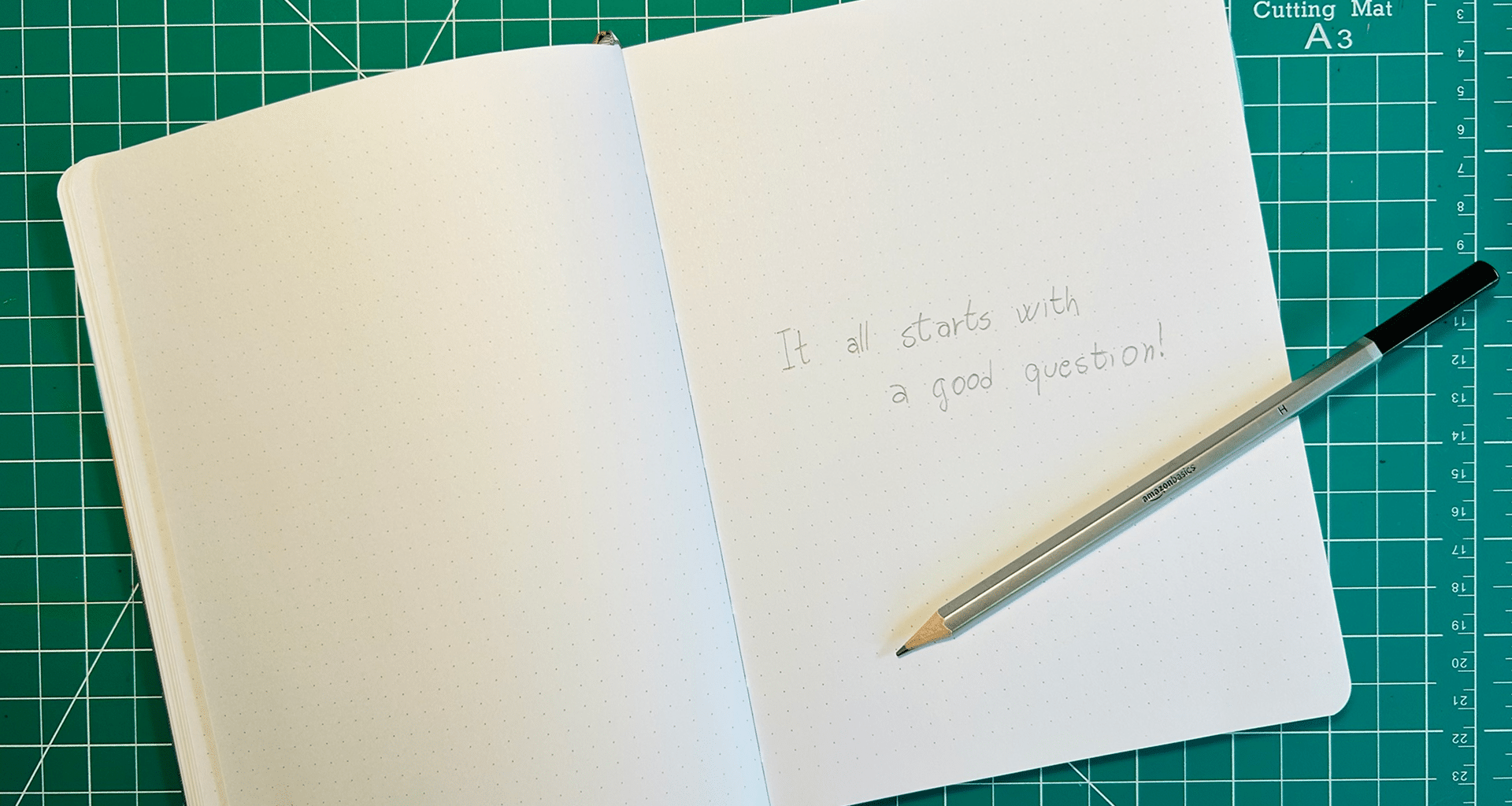Listen before you propose
When I started studying UX Design and first heard about research, I have to admit I felt a little lost. It felt like I had to find big answers just to begin... but I didn’t even know the right questions to ask.
Over time, I realized that UX research doesn’t have to start with fancy tools or impressive numbers. It can begin with something much simpler: curiosity and presence. Paying close attention, listening with intention, and truly asking: What is this person trying to do? What’s working? What’s getting in the way?
That’s where meaningful design begins.
What is UX Research?
Research means investigating the human experience behind the interfaces. It’s about understanding how people live, what they feel, how they make decisions, and how our products influence (or get in the way of) all of that.
More than just gathering data, it’s an act of care. Without that care, we risk creating something beautiful... that serves no one.
Types of research: opening and closing the fan
Generative (or exploratory) research
This happens at the beginning of a project. It’s about understanding the problem, the context, and the people involved. It’s like opening the fan, listening before proposing, and observing before designing.
It helps generate ideas, identify real needs, and uncover opportunities that might go unnoticed without deeper listening.
Common techniques
- Open-ended interviews
- Contextual observation
- Usage diaries
- Desk research
Evaluative research
This happens when there’s already a solution or prototype. The focus is on testing if it works, if it makes sense, and if it solves the problem. It’s time to close the fan, test, refine, and validate.
Common techniques
- Usability testing
- Quick surveys
- Metrics analysis
- Card sorting
Quantitative and qualitative: complementary data
Quantitative
Think numbers, charts, and statistics. It helps us understand what is happening and how often. For example, how many people clicked a button or abandoned a cart.
Qualitative
This goes deeper. It’s about understanding the why and the how. What were the feelings, doubts, or frustrations that led someone to abandon that cart? What obstacles did they face?
💡 Practical tip
These approaches often complement each other. Quantitative analysis reveals patterns. Qualitative research reveals meaning. One helps locate the problem. The other helps understand it.
Attitudinal vs. Behavioral: what people say vs. what they do
Attitudinal
Focuses on what people say they think or feel. Questionnaires, surveys, and focus groups fit here.
Behavioral
Focuses on what people do. Usability tests, heatmaps, and session recordings show real actions, often different from what’s said.
💡 Practical tip
Sometimes what we say and what we do are not the same. Combining these views reveals hidden habits, gaps, and valuable opportunities for improvement.
Accessible methods to start right now
Desk Research (secondary research)
This involves using data and information that already exists. It could be an academic article, a market report, or even app store review comments.
💡 Practical example
If you're creating a personal organization app, reading reviews of similar apps may reveal frustrations, unmet needs, usage habits, and even the vocabulary people use to describe their pain points.
Contextual observation
If you're creating a personal organization app, reading reviews of similar apps may reveal frustrations, unmet needs, usage habits, and even the vocabulary people use to describe their pain points.
💡 Practical tip
Ask for permission and observe. The “workarounds” people invent to overcome obstacles are incredibly rich sources of insight.
Quick surveys and questionnaires
These are great for getting a quick snapshot of preferences or behaviors. They work best with direct, short, multiple-choice questions.
💡 Practical tip
Use tools like Google Forms. Focus on a few well-thought-out questions. Share the form in groups where your target audience is likely to be.
Usage diaries
Ask someone to log their interactions with a product or service over a few days. It’s a way to follow real-life experiences, ups and downs included.
💡 Practical tip
Provide guiding questions such as:
“What did you do with the app today?”,
“Was there anything that annoyed you?”,
“Was there anything that pleasantly surprised you?”
A plan can (and should) guide you
If you feel like you need more structure to get started, I recommend this other post from the blog:
Design Thinking and UX Research: how to think (and investigate) to create real solutions
There, I share an example of a beginner-friendly research plan, with clear language and direct applicability.
✨ More than just technique, UX research is a way to welcome others. It’s stepping out of autopilot, letting go of assumptions, and returning to what truly matters: people, their stories, and the contexts where everything happens.
If this post sparked something in you, share it with someone else who's trying to create with more purpose. And if you’d like to chat about the challenges of learning UX in a more human and less rushed way, I’m around. The comment section is open. 😉









